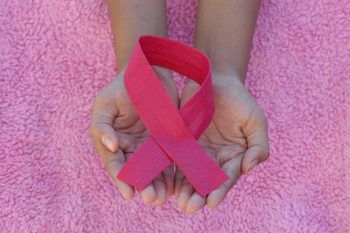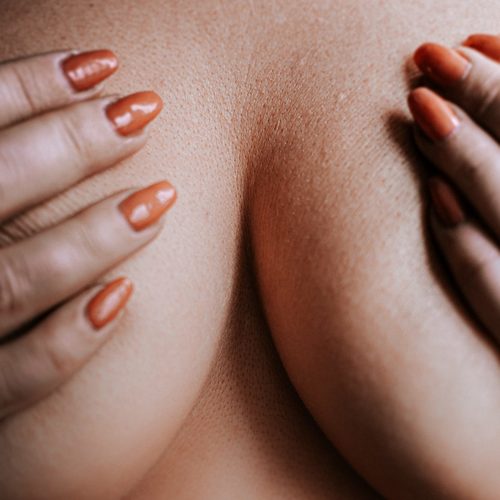The world needs women at our best, which means it’s our responsibility to make our health a priority – not just in October, but every month of the year. You’re the only one living in your skin 24/7, which means you’re in the best position to monitor changes in your body and seek care when you need it.
Here’s how…
How to do a self-exam on your breasts
According to the Cancer Association of South Africa (CANSA), you should be examining your breasts on the same day every month, seven to 10 days after your period ends. If you are no longer menstruating, pick a day of the month that’s most convenient for you.
In front of a mirror, first check for visible changes in your breasts, from these four positions:
- Arms at your sides
- Arms above your head
- Hands firmly on your hips
- Bending forward (check from both sides)
@amandahagley New year, new life-saving habits. Bookmark and repeat monthly. #earlydetection #selfexamreminder #breastcancerawareness💕 #fuckcancer #brca ♬ Summer day (middle) – TimTaj
Lying down
1. Lie down with a pillow beneath your right shoulder and your right hand under your head (as though you’re about to do a crunch).
2. Using your left hand, start at your collarbone and feel for lumps. Use your index, middle and ring fingers to do
this, pressing down firmly and working in small circular motions. Maintain contact with your skin at all times and don’t forget about your armpit and nipple.
3. Repeat on the other side.
ALSO SEE: 8 reasons your breasts hurt that have nothing to do with cancer

Unsplash
In the shower
1. Get your chest and hands soapy so your fingers glide across your skin more easily while maintaining some pressure.
2. Use the same technique as when you were lying down, with one hand behind your head.
3. Repeat on both sides.
Warning signs of breast cancer (other than a lump)
Most of us know to be wary of a lump in our breast or armpit, but it’s not the only alarm bell. CANSA recommends that you see your doctor without delay if you notice any of the following:
- One of your breasts resting significantly lower than the other (your nipples are at different levels).
- A discharge from your nipple.
- An unusual increase in the size of one breast.
- An enlargement of the glands above your breasts.
- A change in the skin around the nipple.
- An unusual swelling or pain in your armpit.
- A puckering of the skin of the breast.
- Dimpling of your nipple. Nipple retraction (also known as an ‘inverted nipple’).
ALSO SEE:
Breast Cancer Reconstruction 101: Everything You Need To Know
Feature Image: Unsplash

